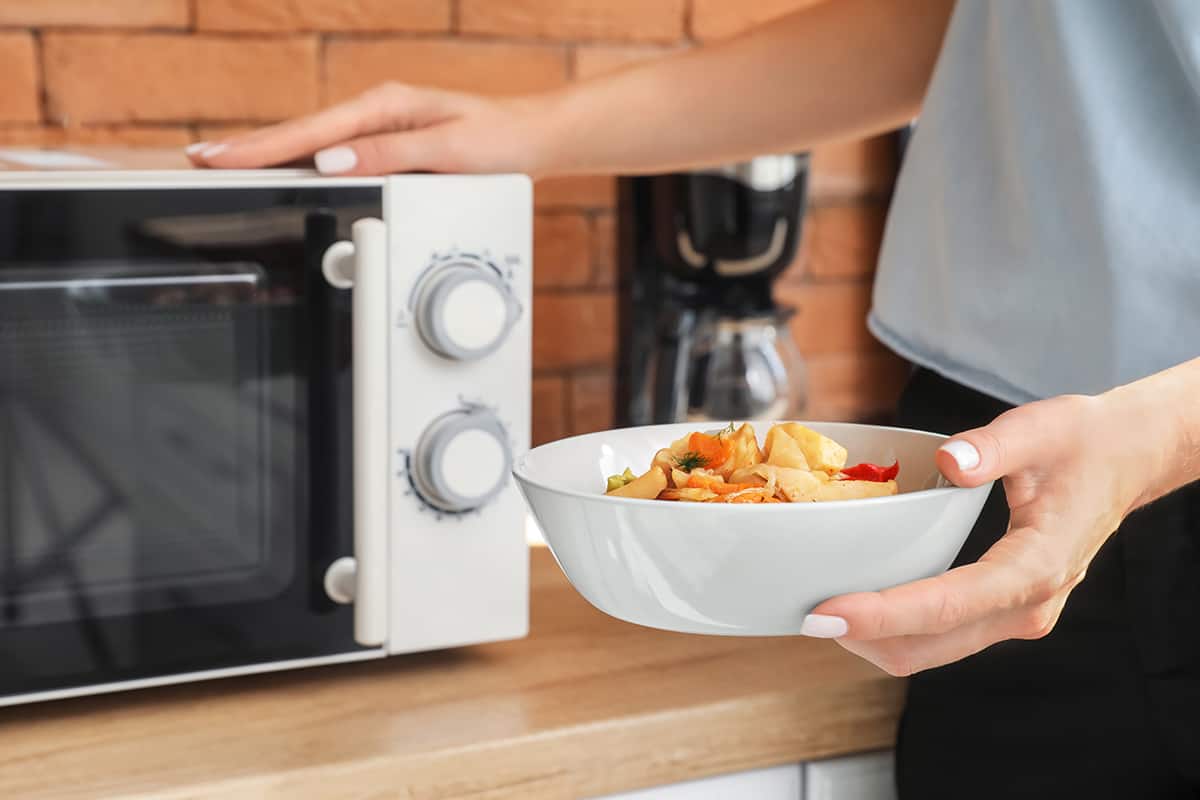The topic of whether or not it’s safe to put a microwave-safe ceramic bowl in the oven comes up surprisingly often. And it makes sense because the answer isn’t always clear.
Some materials are safe for both cooking appliances, and others are only safe for one of them. Let’s take a look at this question to help us better understand which materials are oven-safe and which aren’t.
You shouldn’t put a microwave-safe ceramic bowl in the oven or grill
You can put a microwave-safe ceramic bowl in your microwave, but you shouldn’t put it in the oven. A lot of people don’t know this, and the confusion is understandable. After all, if your bowl says “microwave safe” or “heatproof” on the bottom, why wouldn’t it be OK to bake with?
The reason: there’s a difference between ceramic and porcelain (which is used for kitchenware).
Ceramic is made from clay minerals such as kaolin or feldspar that have been fired at high temperatures; porcelain is made from fine white clay mixed with silica sand that has been combined into raw paste, heated for several days at very high temperatures, and then cooled slowly so that crystals form along certain boundaries within the material.
Ceramic dishes are fine for boiling food like eggs or vegetables (if they’re not too small) because they won’t break under normal circumstances—but putting them in an oven will cause them to expand dramatically due to heat transfer through conduction. If this happens while they’re resting on low shelves near open flames or hot air vents, they might crack or explode!
A mug or small bowl might be safe to put in the oven, but a larger one isn’t
If you own a microwave-safe ceramic bowl, you may have wondered if it’s also oven-safe. While there are some items that can go both in the microwave and oven (like cast iron), most microwavable ceramics won’t make it through an oven cycle without getting damaged or cracking.
In general, bowls and mugs are safe to use in the microwave but not recommended for the oven because of their small size compared to other dishes. If you want to bake something that needs to be covered with foil or parchment paper, consider using a dish specifically made for baking since it will be able to handle higher temperatures than other types of ceramics.
The “microwave safe” label on a dish isn’t the same as “oven-safe”
The “microwave safe” label on a dish isn’t the same as “oven-safe.” While you can put a microwave-safe bowl in the microwave, oven-safe means that the item is able to withstand high temperatures.
Microwave-safe bowls are often made from stoneware that is not suitable for use in the oven because it doesn’t have high enough thermal shock resistance.
Make sure you always check the label on your dish before putting it in the oven, especially if it was purchased at an outlet store where there may be less oversight of products’ safety standards and packaging information.
What materials are safe to put in the oven?
Cast Iron Cookware

Cast iron is one of the most versatile cooking materials available today. It’s an excellent conductor of heat and doesn’t transfer heat as quickly, which makes it perfect for searing meats or boiling water.
Cast iron cookware also comes in many different styles and sizes, so it’s easy to find something that’s right for you.
Cast iron is naturally nonstick because oil will eventually coat the pan, so food won’t stick to it over time. This makes clean-up super easy—just wash with warm water and a soft sponge (or even soap).
Since cast iron pots are inexpensive, you can use them for everything from baking bread to making soups and sauces!
If you’re worried about damaging your cast iron pan, don’t fret! These cooking vessels are extremely durable and can withstand high temperatures without flaking or cracking like some other types of cookware might do (like Teflon). That said…
Stainless Steel Cookware
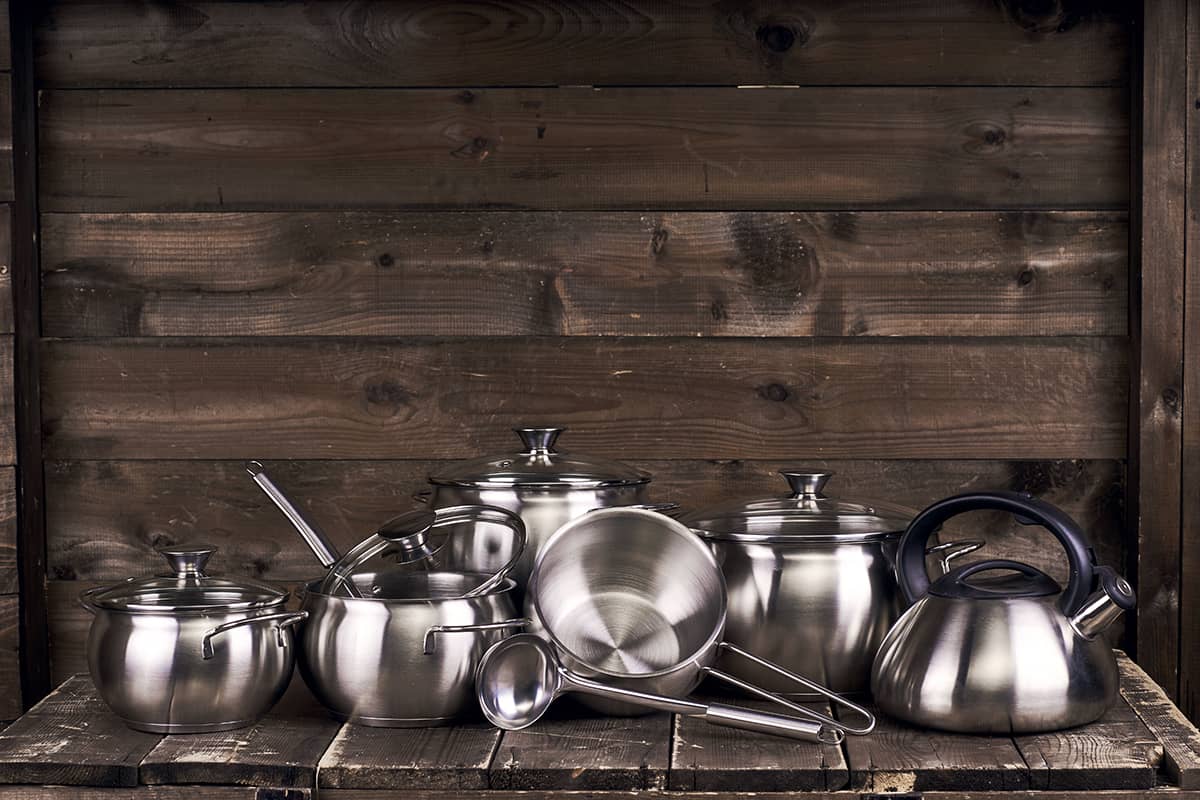
Stainless steel cookware is a great choice for the oven. It’s durable, heats up quickly and evenly (especially when combined with other metals), and won’t react with acidic foods.
Stainless steel doesn’t leach toxic chemicals into your food, meaning you can make delicious soups and sauces without worrying about what they’re doing to your insides. It also doesn’t scratch easily, so it will last longer than non-stick cookware would have in this situation!
Enameled Cast Iron Cookware
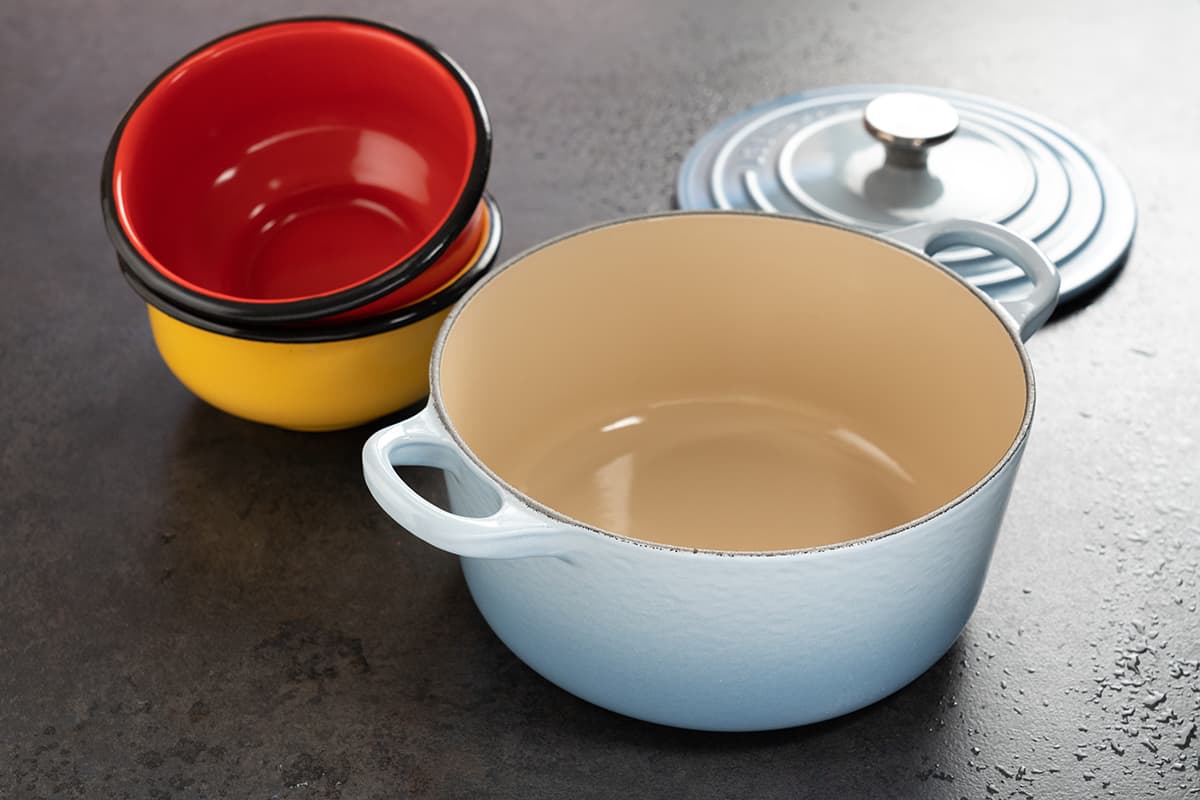
Enameled cast iron is made of cast iron with a coating of enamel on the surface. This makes it good for oven cooking and stovetop use, but not so much for other uses.
Enameled cast iron is not dishwasher safe, which means you should hand wash it instead. If you don’t want to do that, try putting your enameled cast iron in the dishwasher once or twice—as long as there are no cracks or chips in it—and see if it holds up well enough for your needs.
What materials are not safe to put in the oven?
Nonstick Cookware
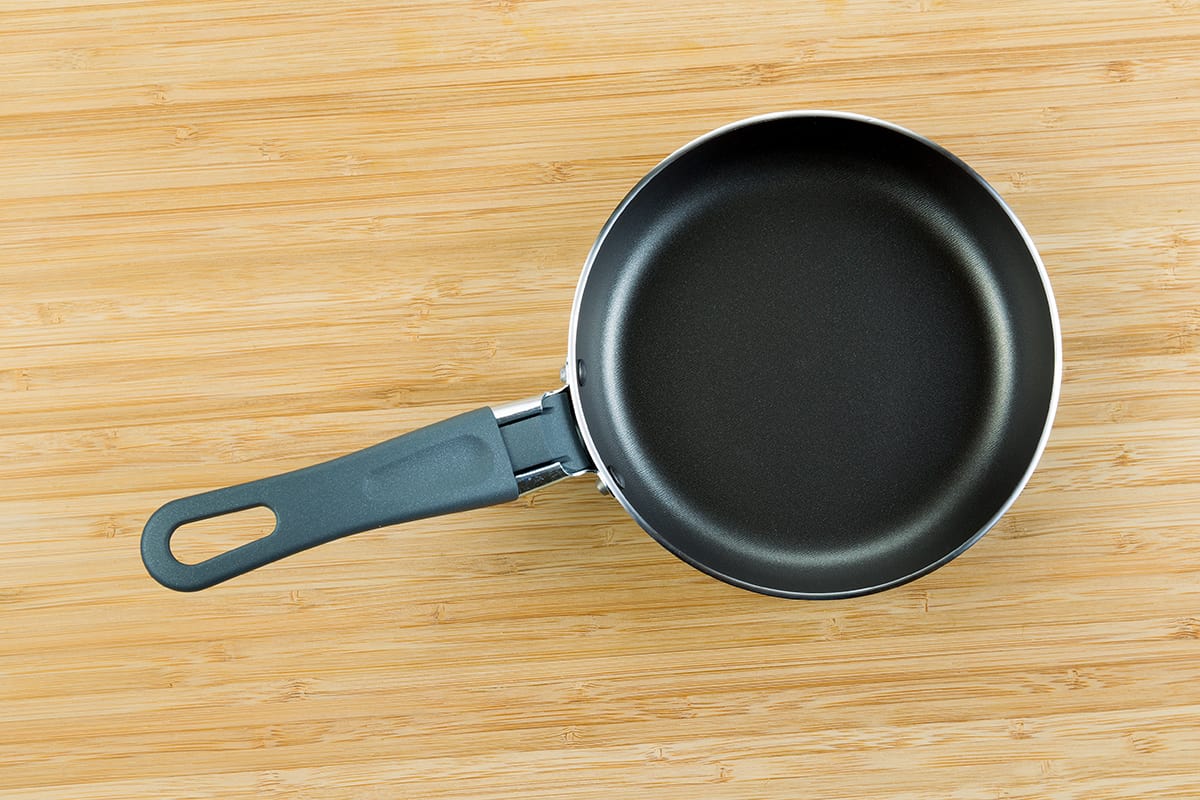
Nonstick cookware is not suitable for oven use. This is because it’s made of reactive materials that can release toxic fumes when heated above a certain temperature, and nonstick coatings are known to break down under high heat conditions.
As such, you should never cook foods at temperatures over 350 degrees Fahrenheit in any nonstick pan or pot.
Nonstick pans are best used for eggs, pancakes, and other low-temperature cooking tasks like serving salads, heating up soup, and reheating leftovers.
You can also use them as baking trays: just make sure to avoid putting anything acidic on them (like tomato sauces or citrus fruits), or else you might damage your non-stick coating!
Glass and Ceramic Cookware
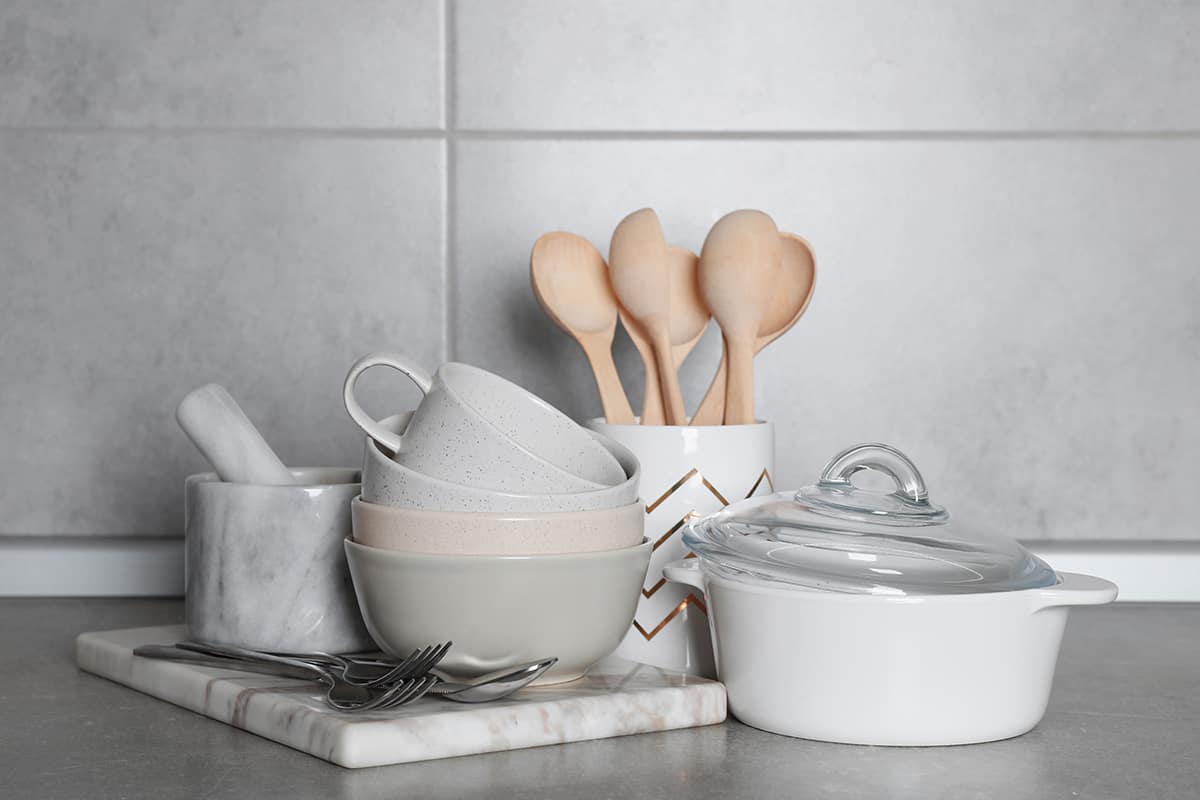
Glass and ceramic cookware are common but not always the best choice for cooking in an oven. If you have a set of glass or ceramic cookware, make sure that it is tempered or oven-safe.
Some pieces of cookware can be used on the stovetop or in the microwave, but they should not be used in an oven unless they are specifically designed for baking.
Glass baking dishes are good for casseroles and desserts that need to go into the oven. The liquid within them will bubble up when heated and create steam, which helps food bake more evenly than it would otherwise. Baking dishes are great for baked goods like lasagna or lasagna-like recipes (as long as you make sure that your dish is large enough to accommodate all of your ingredients).
Ceramic baking dishes can also be used safely in an oven because they retain heat well and help keep foods from drying out quickly during cooking periods where there isn’t much liquid inside them.
For example: if you’re making sweet potatoes with marshmallows on top or chicken breasts covered with sauce, these types of recipes work well using either glass or ceramic bakeware because both materials hold heat very well!
